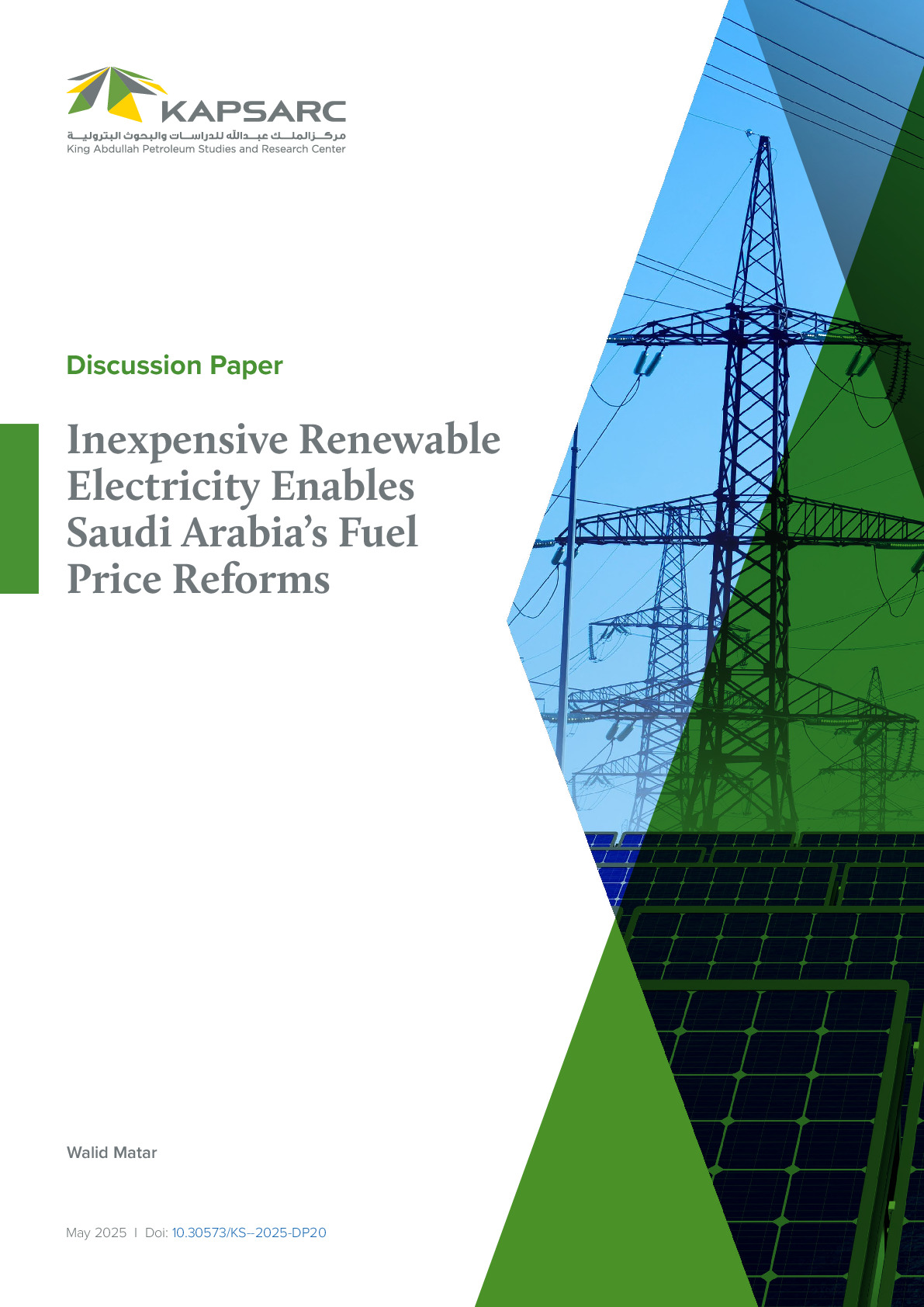It has been shown in the literature that, in aggregate, actual household energy efficiency adoption is less than would be expected economically. Energy economists and policy analysts have described this phenomenon as the ‘energy efficiency gap.’ There could be myriad reasons for this gap, such as a lack of information about energy efficiency measures, or household decisions to invest in one energy efficiency measure rendering subsequent measures less attractive. The latter is especially the case when faced with discrete efficiency measures.

Principal Fellow- Oil & Gas
Walid works on modeling energy systems. He is developing or has developed the following components of the KAPSARC Energy Model…
Walid works on modeling energy systems. He is developing or has developed the following components of the KAPSARC Energy Model (KEM): electric power generation, oil refining, petrochemicals and fertilizers, cement production, and iron and steel. He is also working on a bottom-up residential electricity use framework that merges microeconomics with the physical laws governing electricity use.
Expertise
- Energy Systems Modeling
- Optimization
- Electricity Prices
- Energy Efficiency and the Interdisciplinary Connection Between Energy Economics and Engineering
Publications See all Walid Matar’s publications

Inexpensive Renewable Electricity Enables Saudi Arabia’s Fuel Price Reforms
It has been shown in the literature that, in aggregate, actual household energy efficiency adoption…
20th May 2025
Costs of Switching Fuels and Manufacturing Processes for Construction Materials Companies in Saudi Arabia
It has been shown in the literature that, in aggregate, actual household energy efficiency adoption…
6th May 2025
